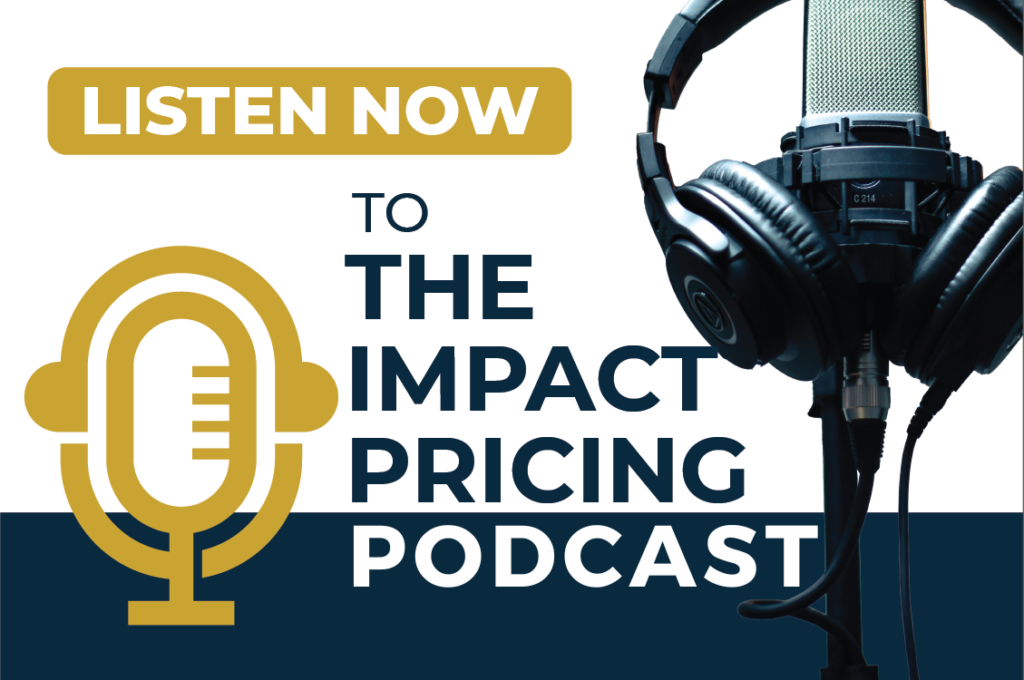You can listen to the full audio version of this blog we call — Blogcast.
As we focus more on Context Driven Pricing, it’s important to understand what is context. Context refers to the circumstances, background, or environment in which an event, statement, or idea occurs. It provides the information needed to fully understand a situation or concept. So, context can be anything. Not very helpful.
In Context Driven Pricing, a context is anything that causes or explains why different buyers are willing to pay different prices. The possible list of contexts is still nearly infinite, but here are four categories to get your mental juices flowing.
The Problem – This is the most important of all contexts. You MUST use this one. What is the problem the buyer is looking to solve? Different buyers solve different problems, and there can be hugely different amounts of value in solving each one. Let’s use Uber as an example. One rider may be in a hurry to catch a flight, another may not want to pay for parking. Knowing the problems your product solves is critical to determining pricing (and many other key business decisions).
Customer Characteristics – Some buyers may be solving the same problem, but because the buyers are different they have different willingness to pay (WTP). Income is an easy context to understand. Maybe the buyer’s mood impacts their WTP. Or maybe they are inebriated. Or maybe they are someone who values status. What is it about your buyers that help you understand their WTP?
Environmental Characteristics – Sometimes the situation drives a buyer’s WTP. They may pay more to ride Uber when it’s raining. Maybe they don’t feel safe walking late at night. What if they have heavy luggage? Some people hate driving in rush hour traffic. Think about the situations buyers may be in when making their purchase decision.
Buying Conditions – Consider the buying process. Did they consider using Lyft? Does Lyft even operate in that area? Are they a loyal Uber user? Do they subscribe to Uber? Do their friends use Uber? Do they use ride-share a lot or infrequently? All of these could influence how much they would be willing to pay.
The categories themselves aren’t critical. However, knowing the contexts that matter for your products and buyers are critical if you want to optimize your pricing. Start collecting them. Whenever you see a difference in WTP, ask yourself (or your buyer) why. Of course, you won’t use everything you discover for pricing, but you will use some. As always, if you’d like some help, please let us know. It’s what we do.
Share your comments on the LinkedIn post.
Now, go make an impact!
 Tags: pricing, pricing metrics, pricing skills, pricing value, value
Tags: pricing, pricing metrics, pricing skills, pricing value, value













